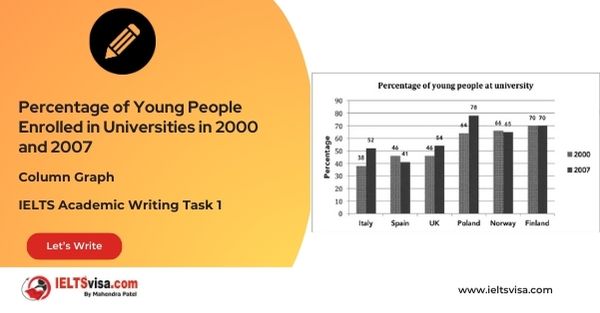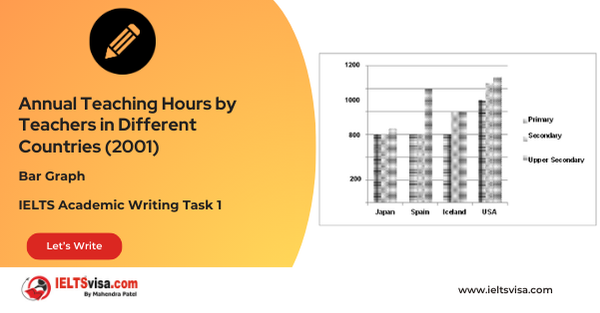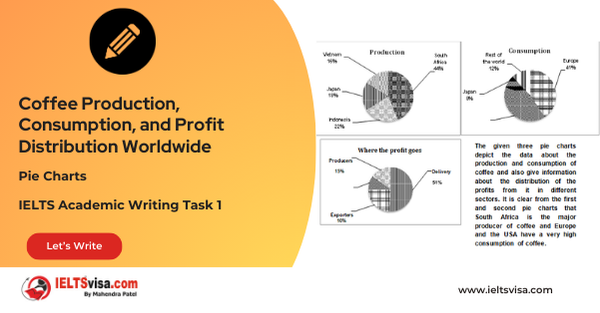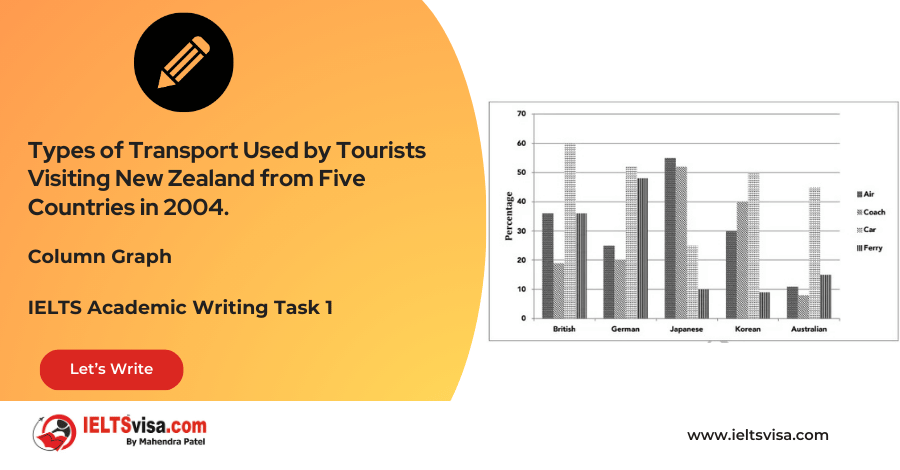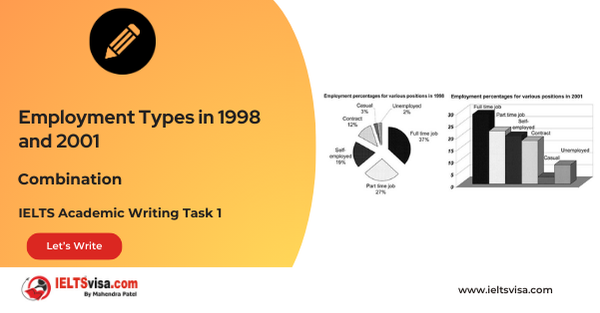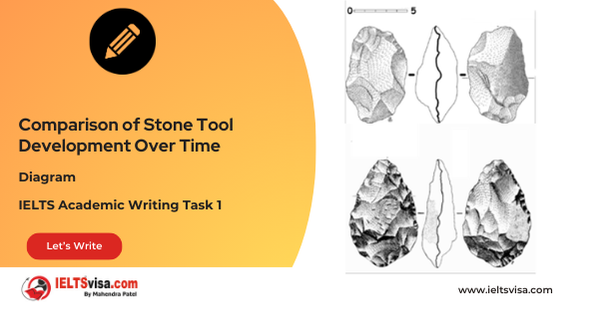The popularity of different fast foods in Britain and the trends in their consumption
IELTS Academic Writing Task 1 - Line-Graph
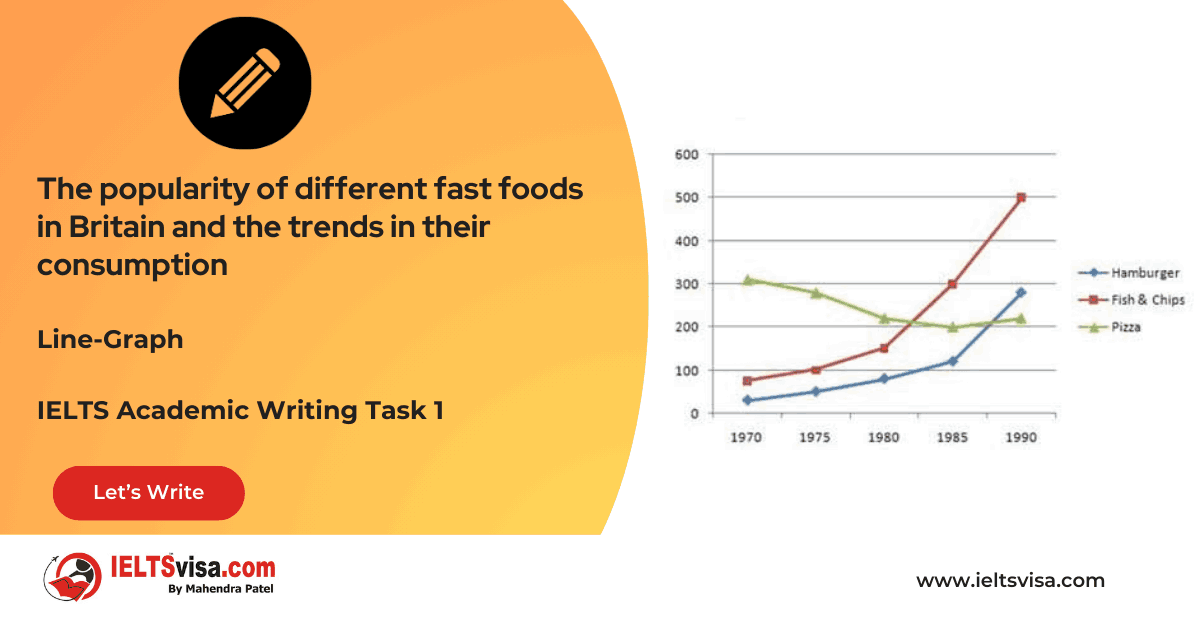
IELTS Writing Task 1 Question
The popularity of different fast foods in Britain and the trends in their consumption

Common Questions for the Line-Graph
1. Diagram Type: Line graph
2. Title: Popularity and Consumption of Fast Foods in Britain (1970-1990)
3. What are the units of measurement? Grams of fast food consumed
4. Who: British consumers
5. When: 1970-1990
6. Where: Britain
7. Topic: Trends in the consumption of hamburgers, fish & chips, and pizza
Detailed Process and Observations
Summary of Data: The graph tracks the consumption trends of three fast foods—hamburgers, fish & chips, and pizza—over a 20-year period from 1970 to 1990. Overall, hamburgers and fish & chips saw substantial growth in popularity, while pizza experienced a significant decline.
- Pizza:
- Pizza was the most popular food in 1970, with consumption starting at 300 grams per person.
- However, there was a dramatic decline, with consumption dropping by 200 grams by 1985.
- After this dip, pizza’s popularity remained low throughout the rest of the period.
- Fish & Chips:
- Fish & chips, initially second in popularity, saw a marked increase in demand starting in the early 1980s.
- By 1990, the consumption of fish & chips peaked at 500 grams, nearly five times higher than in 1970.
- Hamburgers:
- Hamburgers were the least popular food in 1970, with only 15 grams consumed per person.
- However, there was a steady increase in demand, and by 1990, consumption skyrocketed to 299 grams, approaching pizza’s peak consumption in 1970.
Sample Answer
The graph illustrates the changes in the popularity of hamburgers, fish & chips, and pizza in Britain between 1970 and 1990.
Overall, the trends indicate that the demand for hamburgers and fish & chips significantly increased over the two decades, while pizza’s popularity dropped notably, highlighting a shift in fast food preferences in Britain.
In 1970, pizza was the most consumed fast food, with 300 grams per person. However, its demand sharply decreased by 200 grams by 1985, and it did not recover in the subsequent years. In contrast, the consumption of fish & chips increased dramatically, rising from 99 grams in 1970 to 500 grams by 1990, making it the most popular fast food by the end of the period.
Initially the least popular, with only 15 grams consumed per person, Hamburgers experienced a steady growth in demand. By 1990, hamburger consumption had surged to 299 grams, nearly matching the former popularity of pizza.
Top 25 Vocabularies
| Vocabulary | Meaning | Synonyms | Examples | Verb Type |
|---|---|---|---|---|
| Surge | A sudden increase or rise | Rise, spike, jump | Fish & chips experienced a surge in popularity from 1980 onwards. | Noun |
| Decline | A gradual or sudden decrease | Drop, decrease, reduction | Pizza consumption saw a significant decline after 1985. | Verb, Noun |
| Popularity | The state of being liked, admired, or enjoyed | Favor, preference, appeal | The popularity of hamburgers grew steadily through the years. | Noun |
| Consumption | The act of consuming or using something | Intake, use, expenditure | By 1990, fish & chips had the highest consumption of the three foods. | Noun |
| Trend | A general direction or change in behavior or events | Movement, shift, tendency | The trend towards hamburgers and fish & chips overtook pizza consumption. | Noun |
| Fluctuation | Irregular rise and fall in number or amount | Variation, oscillation | The consumption of pizza showed a fluctuation before its significant drop after 1985. | Noun |
| Dramatic | Sudden and striking | Significant, notable | Fish & chips saw a dramatic increase in demand over two decades. | Adjective |
| Preference | A greater liking for one thing over another | Inclination, choice | The preference for fish & chips rose significantly by the end of the period. | Noun |
| Sharp | Sudden and intense in degree | Abrupt, steep | There was a sharp decline in pizza consumption from 1970 to 1985. | Adjective |
| Steady | Gradual and consistent | Stable, constant | Hamburger consumption showed steady growth over the years. | Adjective |
| Dominant | Most important or prevalent | Leading, main | Fish & chips became the dominant fast food by 1990. | Adjective |
| Gradual | Happening slowly over time | Slow, progressive | Hamburgers saw a gradual increase in popularity from 1970 to 1990. | Adjective |
| Shift | A change in position or direction | Transition, movement | There was a clear shift in food preferences towards fish & chips and hamburgers. | Noun |
| Peak | The highest point of something | Apex, summit | Fish & chips reached their peak popularity in 1990. | Noun |
| Stable | Not prone to sudden change | Consistent, steady | Fish & chips maintained a stable growth trend throughout the period. | Adjective |
| Surpass | To exceed or go beyond | Outperform, overtake | Fish & chips surpassed pizza as the most popular fast food by 1990. | Verb |
| Rapid | Happening in a short time | Quick, fast | The rapid rise in fish & chips consumption was unmatched by other foods. | Adjective |
| Consumption rate | The speed at which something is consumed | Usage frequency, intake speed | The consumption rate of hamburgers grew steadily over the years. | Noun |
| Proportion | A part, share, or number of a whole | Fraction, portion | The proportion of fish & chips consumption rose dramatically by 1990. | Noun |
| Demand | The desire or need for a product | Need, want | The demand for hamburgers surged steadily over the years. | Noun |
| Pattern | A repeated or regular trend | Design, cycle | The pattern of fast food consumption shifted significantly over two decades. | Noun |
| Exceed | To go beyond a set limit or number | Surpass, outstrip | Fish & chips exceeded all other fast foods in popularity by 1990. | Verb |

Our Books
Master IELTS Speaking Part 1
IELTS Writing Task 1 Book
IELTS Writing Task 2 Book
Writing Task 1 Question Types
Practice IELTS Other Modules
IELTS Listening
The IELTS Listening test assesses how well you can understand spoken English in various contexts. It lasts about 30 minutes and is divided into four sections with a total of 40 questions. The listening tasks become increasingly difficult as the test progresses.
IELTS Academic Reading
The IELTS Academic Reading section assesses your ability to understand and interpret a variety of texts in academic settings. It is designed to evaluate a range of reading skills, including skimming for gist, reading for main ideas, reading for detail, understanding inferences, and recognizing a writer's opinions and arguments.
IELTS Speaking
The IELTS Speaking test assesses your ability to communicate in English on everyday topics. It lasts 11-14 minutes and consists of three parts: introduction, cue card, and a discussion based on the cue card topic.
IELTS General Reading
IELTS General Reading tests your ability to understand and interpret various types of texts. Here are some key areas and types of content you can expect to encounter in the reading section, along with tips for effective preparation.
IELTS Academic Writing Task 1
In IELTS Academic Writing Task 1, you are presented with a visual representation of information, such as graphs, charts, tables, or diagrams, and you are required to summarize, compare, or explain the data in your own words.
IELTS General Writing Task 1
In IELTS General Writing Task 1, you are required to write a letter based on a given situation. The letter can be formal, semi-formal, or informal, depending on the prompt. Here’s a breakdown of the key components to include in your letter
IELTS Academic Writing Task 2
In IELTS Academic Writing Task 2, you are required to write an essay in response to a question or topic. Here’s a guide to help you understand the essential elements of this task
IELTS Exam Tips
To succeed in the IELTS exam, practice regularly, familiarize yourself with the test format, improve your vocabulary, develop time management skills, and take mock tests to build confidence.
Grammer for IELTS
Grammar is the foundation of effective communication in English. Understanding tense usage, subject-verb agreement, and sentence structure enhances clarity and coherence in writing and speaking.
Vocabulary for IELTS
Vocabulary plays a crucial role in the IELTS (International English Language Testing System) exam, especially in the Speaking and Writing sections. Here’s an overview of why vocabulary is important and how it impacts your performance
RECENT IELTS SAMPLES QUESTIONS AND ANSWERS
Task 1 – Column graph – Percentage of Young People Enrolled in Universities in 2000 and 2007.
20:00 Start Pause Stop [df_adh_heading title_infix="IELTS Writing Task 1 Question" use_divider="on"...
Task 1 – Bar Graph – Annual Teaching Hours by Teachers in Different Countries (2001)
20:00 Start Pause Stop [df_adh_heading title_infix="IELTS Writing Task 1 Question" use_divider="on"...
Task 1 – Pie Charts – Coffee Production, Consumption, and Profit Distribution Worldwide
20:00 Start Pause Stop [df_adh_heading title_infix="IELTS Writing Task 1 Question" use_divider="on"...
Task 1 – Column graph – Types of Transport Used by Tourists Visiting New Zealand from Five Countries in 2004.
20:00 Start Pause Stop [df_adh_heading title_infix="IELTS Writing Task 1 Question" use_divider="on"...
Task 1 – Bar and Pie Chart Combination – Employment Types in 1998 and 2001
20:00 Start Pause Stop [df_adh_heading title_infix="IELTS Writing Task 1 Question" use_divider="on"...
Task 1 – Diagram – Comparison of Stone Tool Development Over Time
20:00 Start Pause Stop [df_adh_heading title_infix="IELTS Writing Task 1 Question" use_divider="on"...

